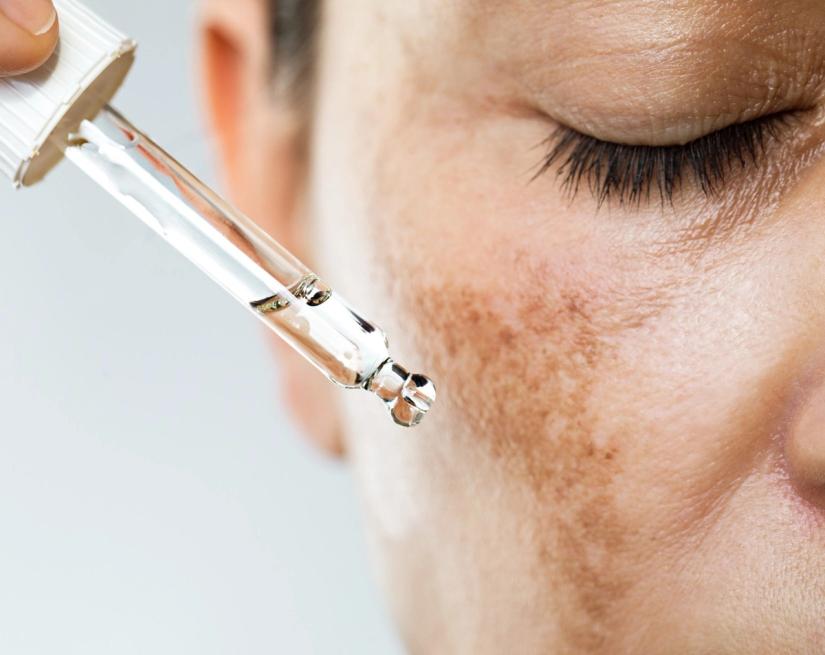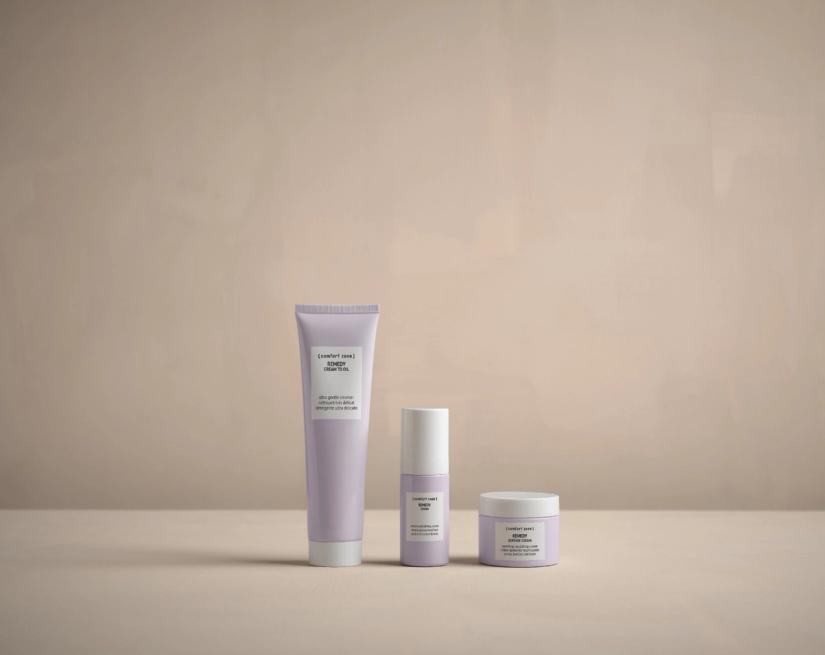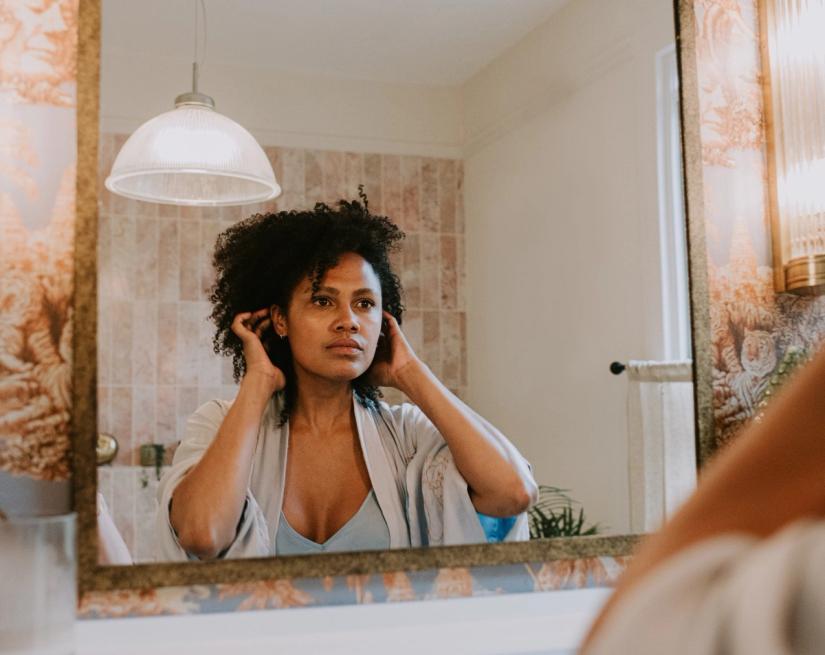skin care
Quick Solutions to Clear up Tiny Bumps on Your Face
Maria Giulia Simonazzi | International Training Manager
8 min read
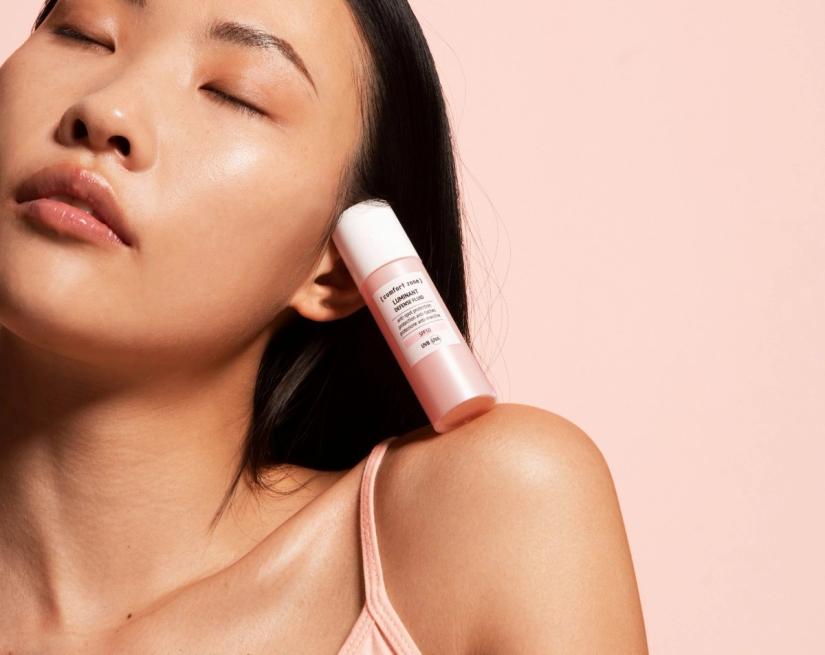
Tiny bumps on your face can be a source of frustration because they interrupt the smoothness of your skin. These bumps are usually caused by clogged pores, excess oil, or dead skin cells.
With a consistent skincare routine and a little effort, you can regain a smoother and more radiant complexion. Once you can accurately identify the type of tiny bumps you have, then you can figure out just how to take care of them.
What Are Tiny Bumps on the Face?
Tiny bumps on the face can vary in size, color, shape, and texture, ranging anywhere from acne and whiteheads to blackheads, moles, or flesh-colored bumps. These blemishes can show up on the forehead, cheeks, chin, and even along the jawline, affecting individuals of all ages and skin types.
Typical signs of face bumps include redness, inflammation, and swelling. While many people associate these bumps with acne, they are not always caused by acne alone.
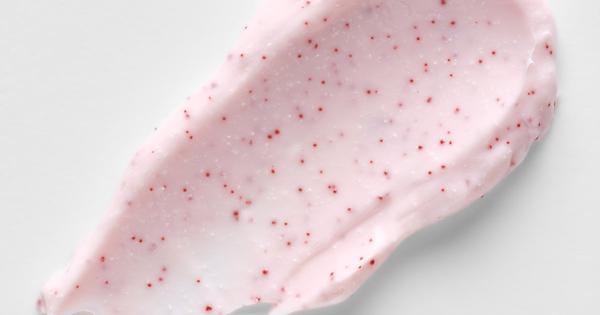
Possible Causes of Tiny Bumps on the Face
While the majority of tiny bumps are completely harmless, some indicate underlying skin concerns that require attention. If you’re dealing with small bumps, it is helpful to determine their type and possible cause in order to effectively treat them.
Acne
One of the most common causes of tiny bumps is acne, which affects millions of people. Acne appears when dead skin cells and oil build-up within the pores, leading to the formation of comedones (whiteheads and blackheads) and papules:
- Comedones are clogged pores or hair follicles in the skin. The two types of comedones are open comedones (blackheads) and closed comedones (whiteheads).
- Blackheads develop their dark color when the mixture of dead skin and excess oil inside the pore is exposed to air, resulting in a brown or black appearance.
- Whiteheads form when the pore is closed off beneath the skin, preventing air from reaching the buildup inside, which is why they appear white in color.
- Papules are small, inflamed bumps. These bumps occur when hair follicles become clogged with oil and dead skin cells. These bumps can arise due to excess oil production, clogged pores, or bacterial buildup on the skin's surface.
Milia
Milia are firm, tiny white bumps frequently found around the eyes and cheeks. Unlike acne, these bumps are not caused by clogged pores but rather by trapped keratin beneath the skin's surface. While milia can resemble acne, they are painless and lack the inflammation, itchiness, or redness typically associated with pimples.
Hormonal Fluctuation
Hormonal fluctuations, stress, and certain medications can exacerbate the development of acne, leading to the appearance of numerous small pimples scattered across the face. Taking steps to address underlying hormonal imbalances or practicing stress-management techniques may help minimize these outbreaks.
Contact Dermatitis
Contact dermatitis is a condition triggered by the skin's reaction to irritants or allergens. Ingredients found in skincare products, cosmetics, or environmental factors like pollution can induce symptoms like inflammation, redness, and itchiness, resulting in small, itchy bumps on the face.
Chronic Skin Conditions
Medical conditions such as rosacea and keratosis pilaris can manifest as tiny red bumps or rough patches on the face. Rosacea-related bumps are often accompanied by redness, swelling, and small papules. Keratosis pilaris forms rough, goosebump-like bumps, commonly appearing on the cheeks, arms, and thighs. These may also cause itching or burning sensations, adding to the discomfort of these conditions.
Quick Solutions to Get Rid of Tiny Bumps
If the appearance of tiny bumps is bothersome, there are ways to address them. Try incorporating these quick solutions into your skincare routine to effectively manage and prevent them.
Gentle Exfoliation
One effective way to address tiny bumps is through gentle exfoliation. Exfoliation helps to remove dead skin cells and unclog pores, allowing for better penetration of skincare products and encouraging cell turnover. Opt for moderate exfoliating agents, such as chemical or mechanical exfoliants, to soothe the skin and prevent irritation.
- Chemical Exfoliation: This involves skincare products that use acids or enzymes to dissolve dead skin cells from the skin's surface instead of physically scrubbing them away. Chemical exfoliants are available in various forms, including toners, serums, masks, and chemical peels. To encourage cell turnover and improve skincare product absorption, choose products containing alpha hydroxy acids (AHAs) or beta hydroxy acids (BHAs).
- Mechanical Exfoliation: This includes scrubs, brushes, sponges, or devices that physically remove dead skin cells through the motion of scrubbing the outermost layer of skin.
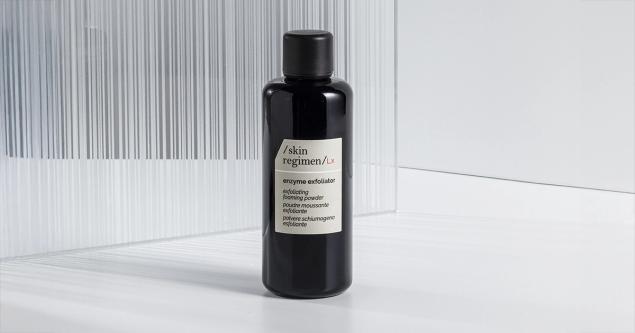
Use of Salicylic Acid
Salicylic acid is a popular ingredient found in various acne treatments, known for its ability to unclog pores and exfoliate the skin. Because it is oil-soluble, it can penetrate deep into the pores to dissolve and break down dead skin cells, reducing inflammation.
To target individual bumps, opt for a spot treatment containing salicylic acid. While salicylic acid can be highly effective in treating acne, it should be used carefully. If used excessively or in combination with other harsh skincare ingredients, it may contribute to the development of small bumps.
Moisturizing Regularly
When the skin lacks moisture, it becomes dry, flaky, and irritated, it can contribute to the onset of tiny bumps. Moisturizing is essential to maintaining healthy and hydrated skin, preventing the occurrence of tiny bumps. By regularly moisturizing, you can replenish the skin’s natural moisture barrier, keeping it hydrated and preventing dryness-induced bumps from appearing.
When To Seek Professional Help
It's common to experience tiny bumps on your face at some point in life. Although most will resolve on their own with proper skincare routines and over-the-counter treatments, there may come a time when seeking help from a dermatologist or skincare specialist is necessary.
Bumps that are accompanied by redness, swelling pain, or changes in texture, could indicate serious conditions such as rosacea or folliculitis. If you notice persistent or worsening tiny bumps, it is important to immediately consult with a healthcare professional for a personalized treatment plan.
Tackle Tiny Face Bumps Effectively for Smooth Skin
Understanding the root causes of tiny bumps on your face and adopting the right solutions can help you achieve clearer, smoother skin. Whether you’re dealing with acne, milia, or other skin conditions, using gentle exfoliation, targeted treatments such as salicylic acid, and keeping your skin well-hydrated with moisturizers can have a significant impact.
Most bumps can be controlled with consistent skin care practices. However, if your symptoms worsen, it may be wise to consult a dermatologist for a tailored treatment plan. To enhance your skincare routine, consider exploring our best seller collection.
